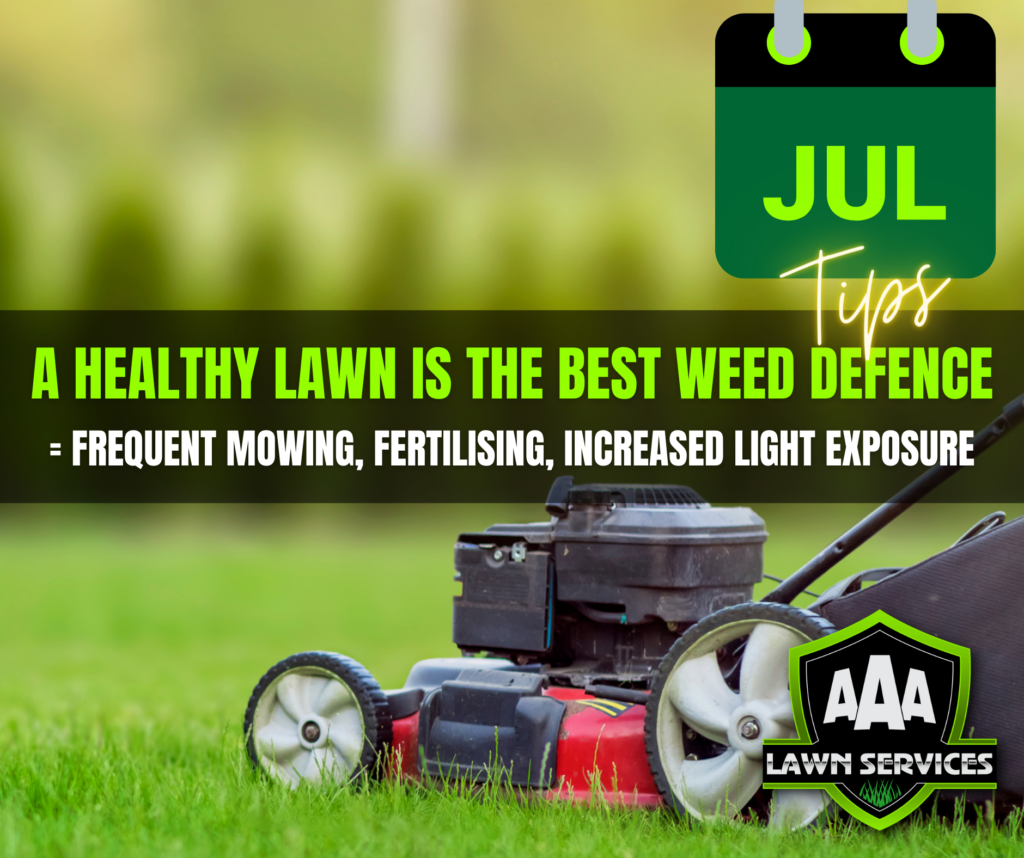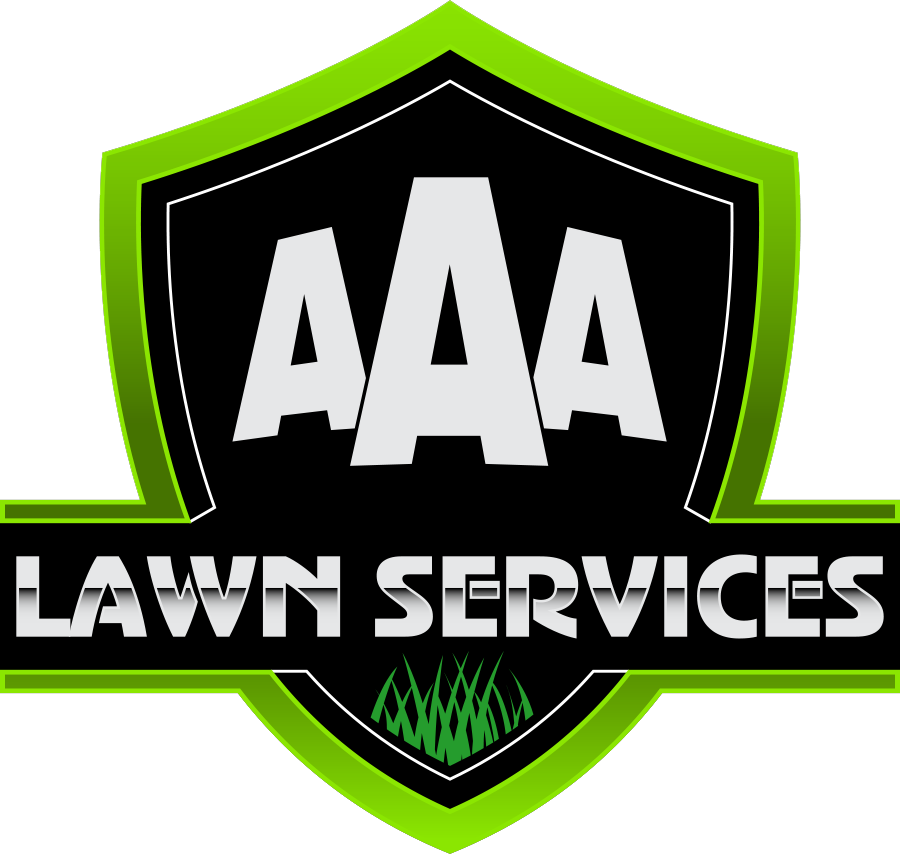
Healthy Lawn is the Best Weed Defence
Lawns: Now that the soil is as saturated as it probably will be this winter, apply gypsum to improve the texture of most soils. Gypsum has the action of causing clay particles to aggregate and form bigger lumps, increasing void space in the soil and improving drainage. Gypsum will assist to overcome the tendency of many garden ‘loams’ to water-log readily and become hard setting when dry.
Kikuyu lawns will green up with a very light application of water soluble nitrogen – 1 to 2 grams of nitrogen per square metre, plus an equal amount of Potassium is plenty at this time of the year. Couch is fully dormant so there is little point in fertilising it now as it is unable to absorb the nutrient. Respect the fact that it needs a period of dormancy.
Lawn Weeds Are Often Signals: If weeds are growing in your lawn, this may indicate a problem. In order to grow and compete with weeds, lawns require light, water, nutrients, air and proper temperature. If even one of these basic needs is missing, the quality of your lawn may rapidly decline and weeds may prevail.
Each weed in your lawn produces many viable seeds. You help weeds out with close mowing. Extended drought and high or low temperature extremes injure lawns, too.
The best defense against troublesome weeds is a healthy, dense and actively growing lawn. You create this type of lawn by mowing often at the right height, fertilising and liming according to soil test results and core aerating to reduce soil compaction. You can increase the amount of light reaching your lawn under tall, isolated trees by pruning limbs below 3 metres. Air movement across the surface of your lawn may improve by thinning, transplanting or eliminating selected shrubs growing nearby.
Increasing attention is being paid to autumn fertilising of warm season turfgrasses. The aim is not to extend grass growth further into winter, but to provide adequate nutrition that will enable the turfgrass to emerge from dormancy with a vigorous spring green-up that retains root dominance. We want new feeder roots even more than we want lush shoots. Old ideas of bringing grasses out of dormancy with massive doses of nitrogen in spring are being superceded by judicious applications of potassium nitrate in autumn.
In a domestic lawn, hybrid couch grasses are especially prone to thatching when mown at the customary two week schedule. The hybrid couches were really designed for high maintenance golf greens where daily mowing is considered normal. Thatch development is a natural consequence of grass growth. In nature it is an ecological adaptation that allows for nutrient recycling and the retention of moisture in the root zone.
If your lawn feels spongy to walk on, or if mowing leaves yellow “scalped” patches, AAA can provide affordable dethatching, also known as scarifying.




